Bloating, fight it in 10 moves
Since I have the Dcomedieta blog, a lot of people have been writing to me asking me what to do about abdominal bloating and excess abdominal fat.
If I were to trace an identikit of the person suffering from both abdominal swelling and overweight localized at the waist, usually on the belly (with frequent presence of stomach swelling which obviously worsens the problem), this would be the result.
Woman over the age of 40 or in a pre-menopausal or menopausal condition.
Tend to be sedentary.
Refractory to lose weight with diets, in a condition that often resembles insulin resistance.
Suffering from bloating often after meals and intestinal regularity problems.
Unfortunately, as I write in this article on irritable colon , when on the internet we read that abdominal swelling is fought at the table, with a greater intake of fiber and the use of probiotics or lactic ferments we read half the truth.
It is true that these good habits counteract abdominal bloating and also reduce localized fat on the belly, because they reduce its causes (meals too rich in carbohydrates, compromised bacterial flora, etc.), but on the first term they can cause the opposite problem.
That is, increasing swelling, making us constipated or triggering colic, causing us abdominal spasms.
This is because moving from a fiber-free diet to one full of prebiotic and probiotic foods is something that needs to be done slowly.
Here are the 10 tips I would give to anyone suffering from abdominal bloating and localized fat , without dropping it from the pan into the fire.
HOW TO FIGHT ABDOMINAL SWELLING IN 10 STEPS
- Eating small and frequent meals rather than a few but large ones: for example breakfast, snack, lunch, snack, dinner, snack.
- We limit the water at the table and drink it between meals for at least two liters or one and a half liters. The best thing is to add a glass of organic apple juice by diluting it in water to promote hydration by adding extra mineral salts.
- Let’s not finish lunch and dinner with fruit , but reserve it for snacks, choosing the less sugary one and peeling or cooking it. Apples, pears, peaches, plums should be cooked. Oranges and melons or watermelon or strawberries should never be eaten with other types of fruit.
- At lunch and dinner we tend to eat dissociated.
Complex carbohydrates like pasta, rice, bread and potatoes never go together. They can be seasoned with oil and butter plus low-fibrous vegetables, such as courgettes, fresh skinless tomatoes, peeled aubergines, spinach, radicchio, mushrooms, sprouts, pumpkin in doses of up to 200 grams. They can be accompanied by a piece of parmesan or parmesan.
The protein meal instead sees a plate of meat, fish or eggs or aged cheeses accompanied by vegetables or a salad of songino or valerian. To the protein meal we can associate a kiwi, pineapple without the central part, a glass of orange juice or alternatively a slice of toasted and bruschetta bread.
Before the protein meal, eat an anti-bacterial and detoxifying salad with a chopped or grated carrot with a teaspoon of organic apple cider vinegar and a level teaspoon of oil. Alternatively: 125 grams of champignon mushrooms cooked for at least 40 minutes and sautéed in a pan with a teaspoon of ghee.






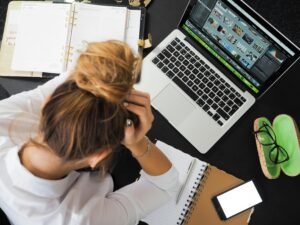

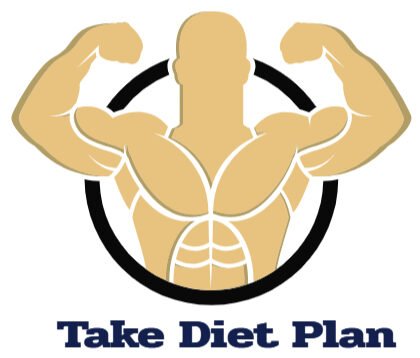


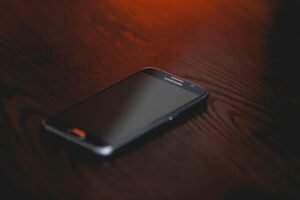



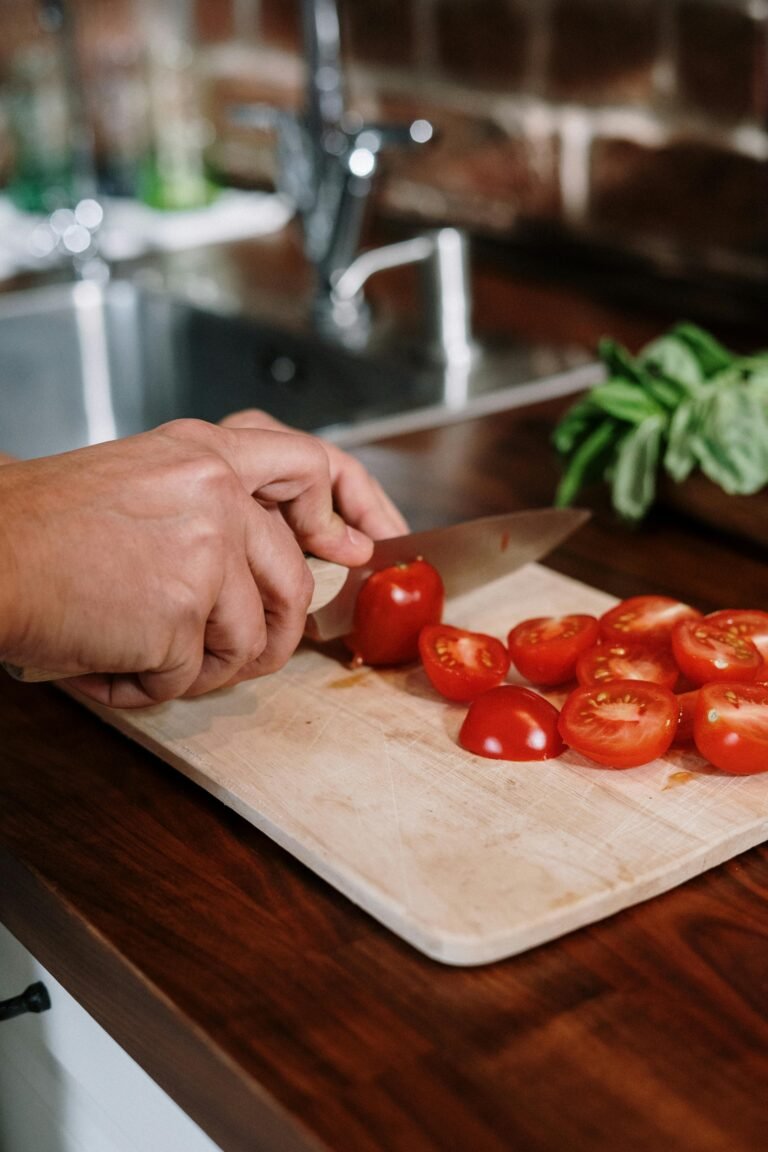

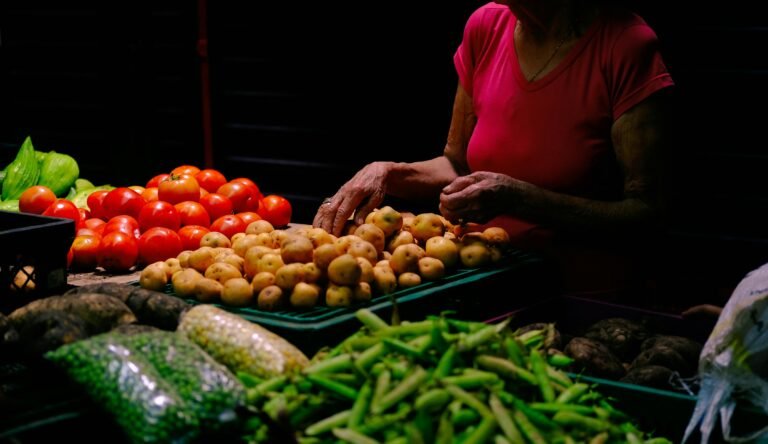





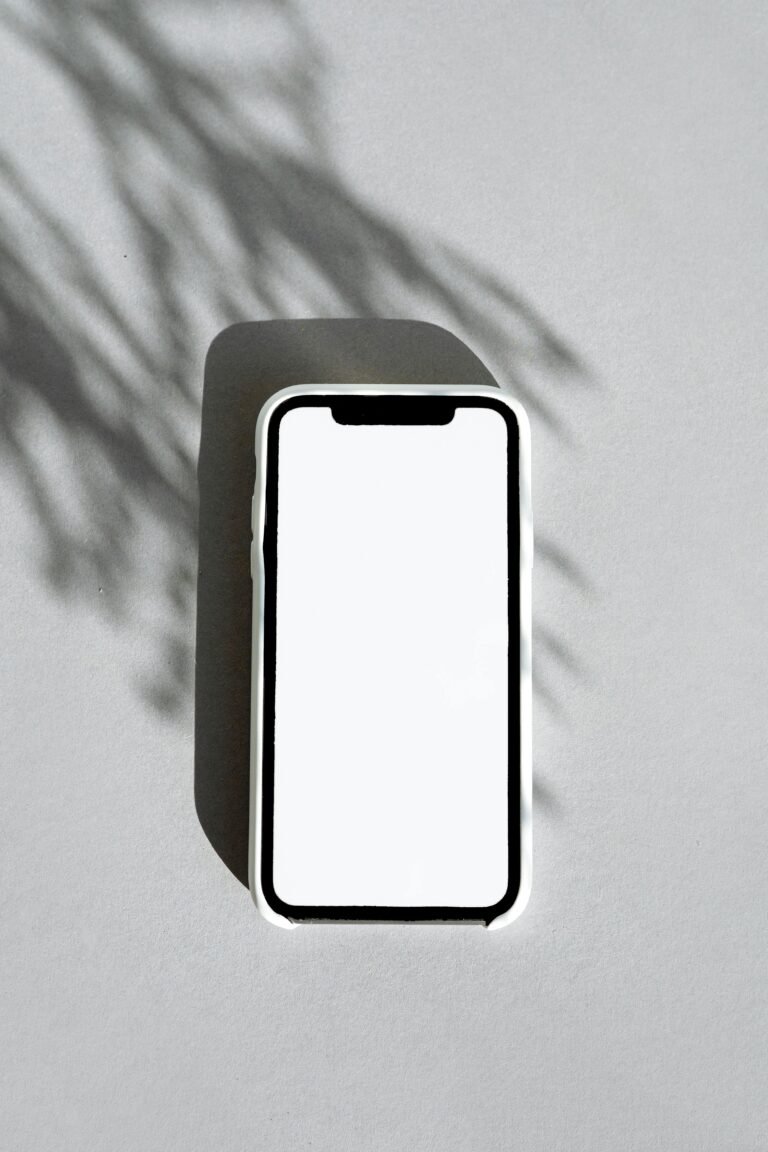
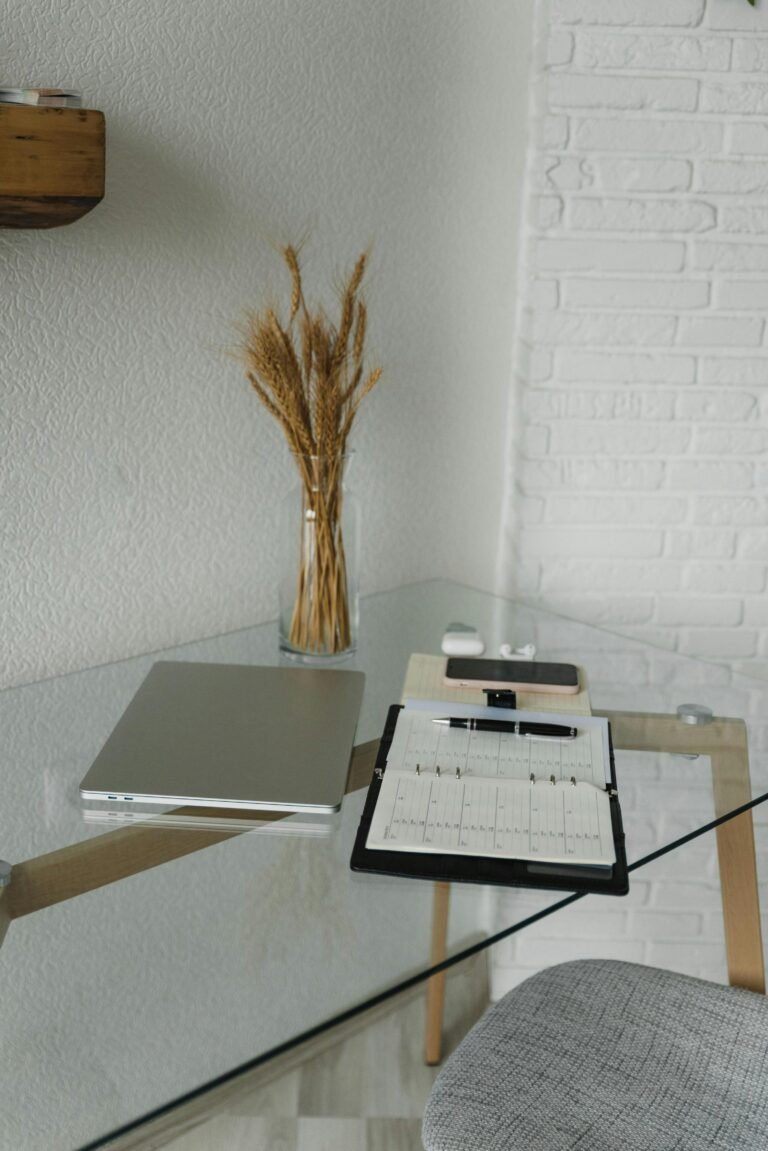

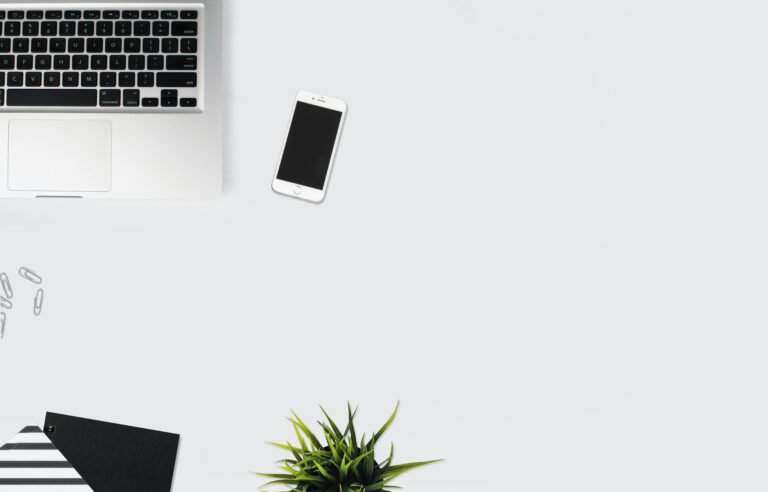

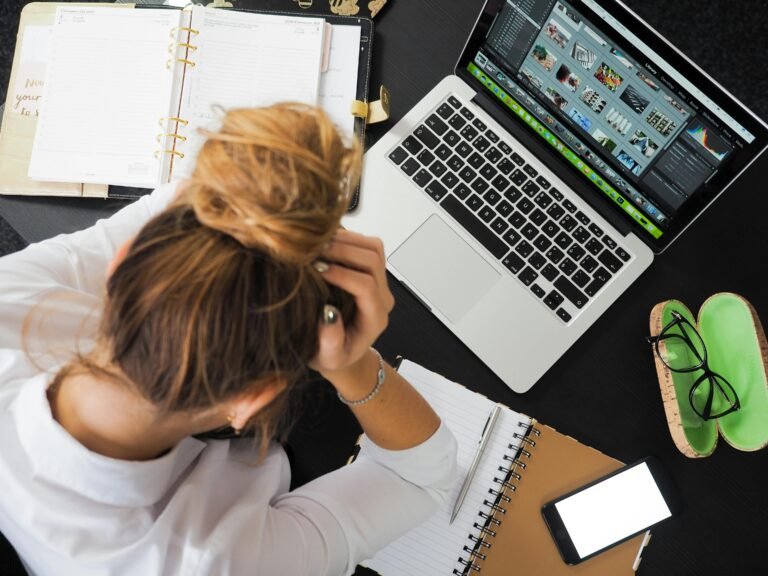
+ There are no comments
Add yours